“ ‘You have to get yourself to believe that it’s not that hard, because it’s way harder than you think. If I go taking all of my knowledge now and I go back, and I said, I’m going to endure that whole journey again, I think it’s too much. It is just too much.’ ”
That was one of the world’s most visionary tech-sector leaders, Nvidia
NVDA,
CEO Jensen Huang, who explained that building Nvidia was “a million times harder than I expected it to be” as he theorized that “nobody in their right mind would do it” if they were aware of the true personal toll.
The Taiwan-born 60-year-old, whose family relocated to Thailand and then the U.S. in his youth and is said to have co-founded Nvidia in 1993 following a meeting at a Denny’s restaurant in San Jose, Calif., after stints at AMD
AMD,
and LSI Logic, wouldn’t start his own company today, he said, if he were 30 years old.
The tech titan, however, posited in a recent interview with the podcast Acquired that a “superpower” among entrepreneurs is the ability to trick themselves into believing “it’s not that hard.”
Huang said that his biggest fear remains, as it has been since Nvidia’s early days, is failing to facilitate success among workers. “I’m afraid of the same things today that I was in the very beginning of this company, which is letting the employees down.”
Huang, who according to FactSet owns a 3.5% stake in Nvidia (market cap: $1.04 trillion), explained in the podcast interview that workers joining a company end up believing in its vision and taking on its aspirations as their own.
“You have a lot of people who joined your company because they believe in your hopes and dreams, and they’ve adopted it as their hopes and dreams,” Huang said. “You want to be right for them. You want to be successful for them. You want them to be able to build a great life. … The greatest fear is that you let them down.”
In explaining how he persevered, despite doubts and challenges, in building Nvidia into the company it is today, Huang credited a “support network” of people who never gave up on him during the three-decade journey.
He explained that the experience of leading Nvidia during those periods when its share price has been in seeming free fall was almost “too much to endure,” after the company was first listed on public markets in 1999. “It’s embarrassing no matter how you think about it.”
His comments come as Nvidia’s share price has, again, been in retreat, losing ground following a major 245% surge over the previous 12 months.
More recently, the Santa Clara–based company’s stock was hit by the Biden administration’s decision to introduce tougher controls on the export of semiconductors to China.
Read: One semiconductor company is expected to grow sales nearly as quickly as Nvidia through 2025
Looking ahead, Huang said developments in artificial intelligence now pose an “enormous” opportunity for companies like Nvidia. “The market opportunity has grown by probably a thousand times,” he said.
He said AI will “create more jobs” in the near term, but he also warned that the creation of those jobs doesn’t mean certain other jobs will not be lost to automation. “If you become more productive and the company becomes more profitable, usually they hire more people to expand into new areas,” Huang said.
“Now, obviously, net generation of jobs doesn’t guarantee that any one human doesn’t get fired. That’s obviously true. It’s more likely that someone will lose a job to someone else, some other human that uses an AI,” he added.
He advised people to “learn how to use AI” as he argued that “jobs will change.”
As to Nvidia itself, Huang explained, the company — in a reflection of the products it sells — is structured like a “computing stack.”
He said “Nvidia’s not built like a military” with a top-down command and control system. Instead, Huang said, the company is organized like a “neural network” with a decentralized structure, reflecting a belief that “your organization should be the architecture of the machinery of building the product.”
Read the full article here







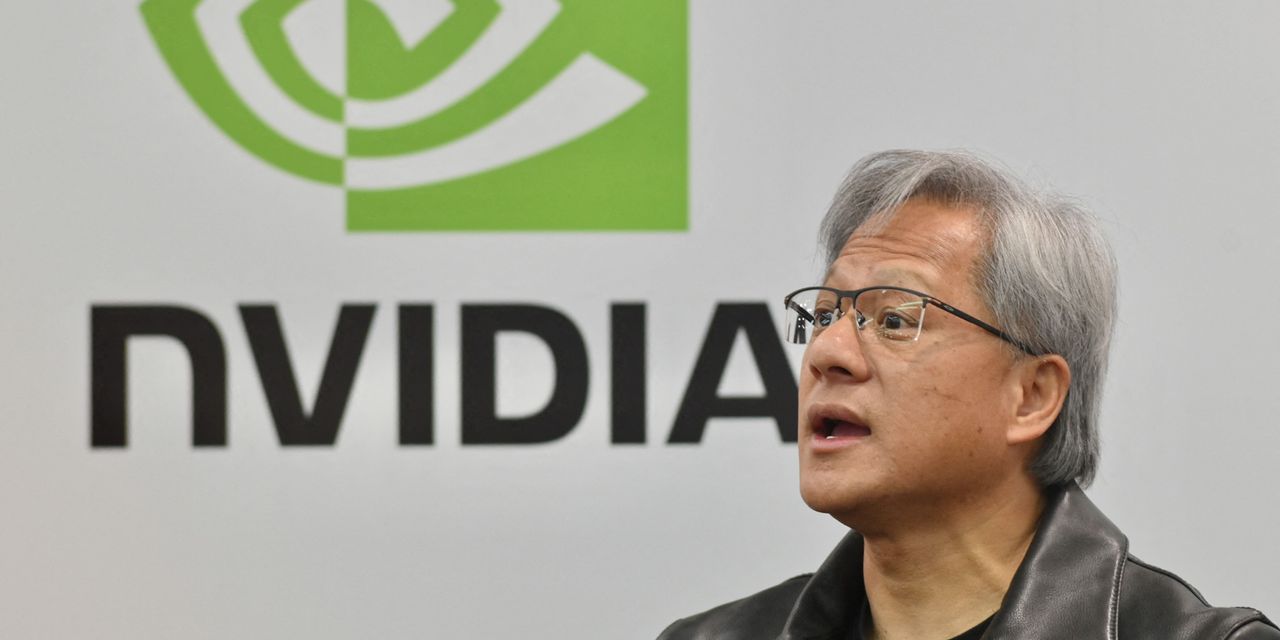
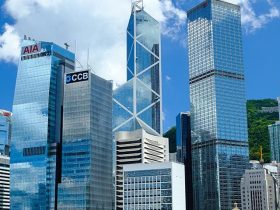
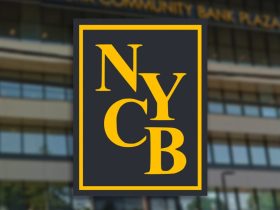

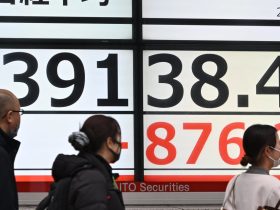
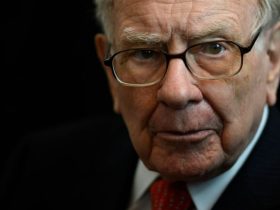
Leave a Reply